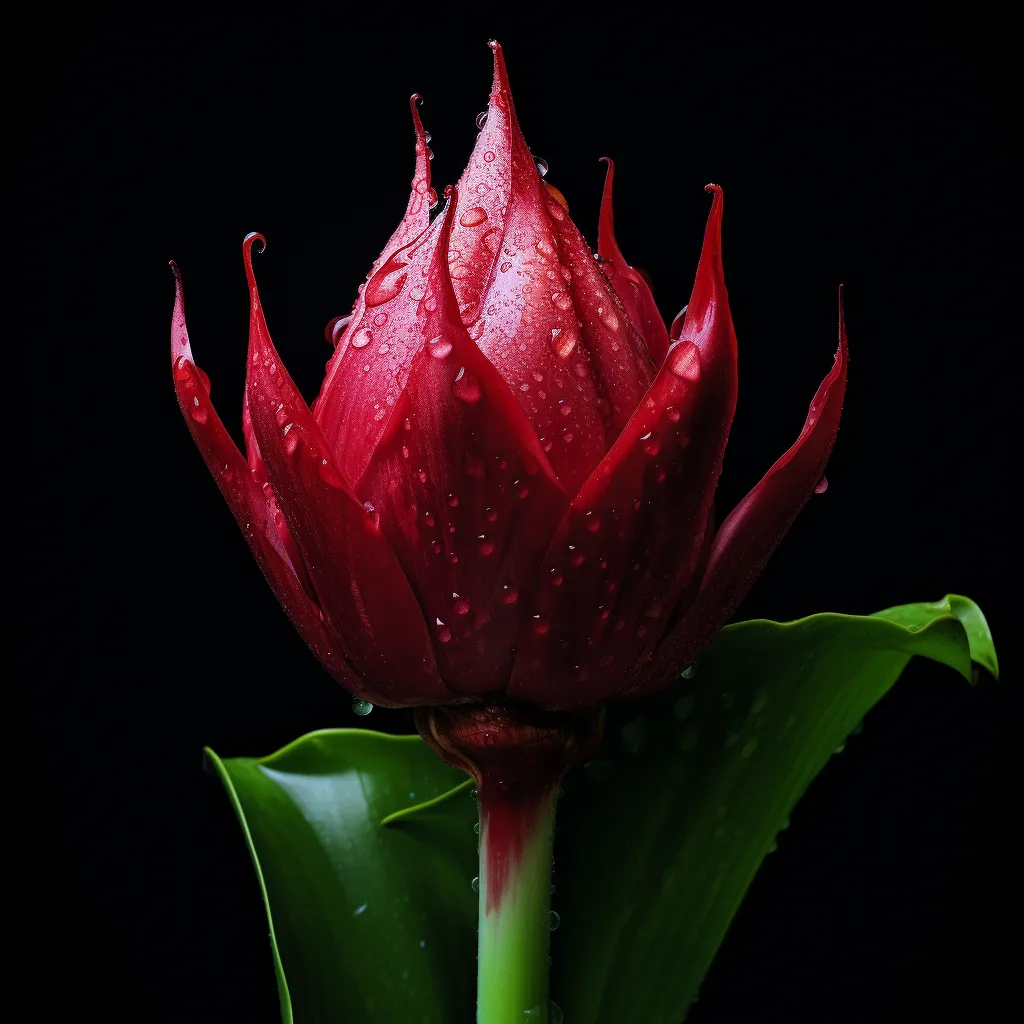Story of Day :
Contents
Musa Siam Ruby Plant Care Tips
If you’re looking for a stunning and exotic plant to add some vibrant color to your garden, then look no further than the Musa Siam Ruby.
This tropical plant is known for its striking red foliage and impressive size, making it a real showstopper in any garden or landscape.
Here are some essential care tips to ensure that your Musa Siam Ruby thrives and continues to dazzle year after year.
1.
Location & Light
The first step in caring for your Musa Siam Ruby is finding the perfect location.
These plants prefer full sun but can tolerate partial shade as well.
It’s important to choose a spot with enough space, as Musa Siam Ruby can grow quite large, reaching heights of up to 10 feet or more.
Tip: Before planting, make sure that the soil drains well and doesn’t hold excess moisture.
Waterlogged soil can cause root rot and other diseases.
2.
Watering & Moisture
Musa Siam Ruby requires regular watering, especially during hot summer months when evaporation rates are high.
However, it’s crucial not to overwater these plants as they are prone to root rot if left sitting in waterlogged soil.

- Water deeply once or twice a week during dry periods.
- Avoid shallow watering which only wets the surface of the soil.
- Mulching around the base of the plant helps retain moisture and regulate temperature levels.
3.
Fertilization
To keep your Musa Siam Ruby healthy and vibrant, regular fertilization is essential.
These plants are heavy feeders and require a nutrient-rich soil to thrive.
- Use a slow-release fertilizer formulated for tropical plants, applied according to package instructions.
- Apply liquid fertilizer every two weeks during the growing season for an extra boost of nutrients.
4.
Pruning
Musa Siam Ruby is generally low-maintenance, but occasional pruning is necessary to keep the plant looking its best.
Here are some pruning tips:

- Remove any dead or damaged leaves as soon as you spot them to maintain a tidy appearance.
- If the plant becomes too large or crowded, remove older leaves from the base of the plant to improve air circulation and encourage new growth.
5.
Winter Care
Musa Siam Ruby is not cold-hardy and cannot tolerate freezing temperatures.
If you live in a region with harsh winters, you’ll need to take some precautions:
- In colder climates, consider planting Musa Siam Ruby in containers so that it can be moved indoors during winter months.
Place it near a sunny window or under grow lights for adequate light exposure.
- If planting in the ground, cover your Musa Siam Ruby with frost blankets or burlap before temperatures drop below freezing point.....
......Summary

The Musa Siam Ruby is an eye-catching addition to any garden with its stunning red foliage and impressive size.
By following these care tips on location and light, watering and moisture, fertilization, pruning, and winter care, you can ensure that your Musa Siam Ruby thrives and remains a beautiful focal point in your garden.
Remember to provide ample sunlight, water deeply but avoid overwatering, use a nutrient-rich soil and regular fertilizers.
Prune when necessary to maintain the plant’s appearance and take extra care during winter by moving indoors or providing protective coverings in colder climates.
With proper care, your Musa Siam Ruby will continue to be a showstopper for years to come.